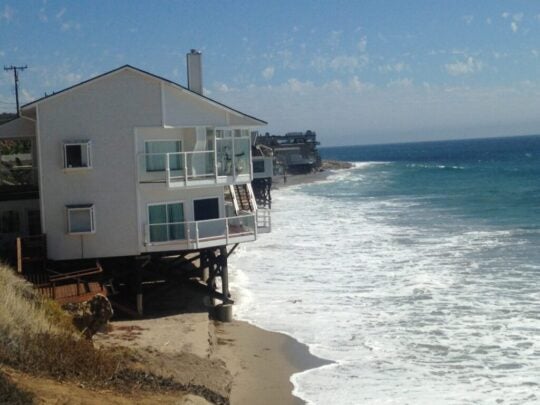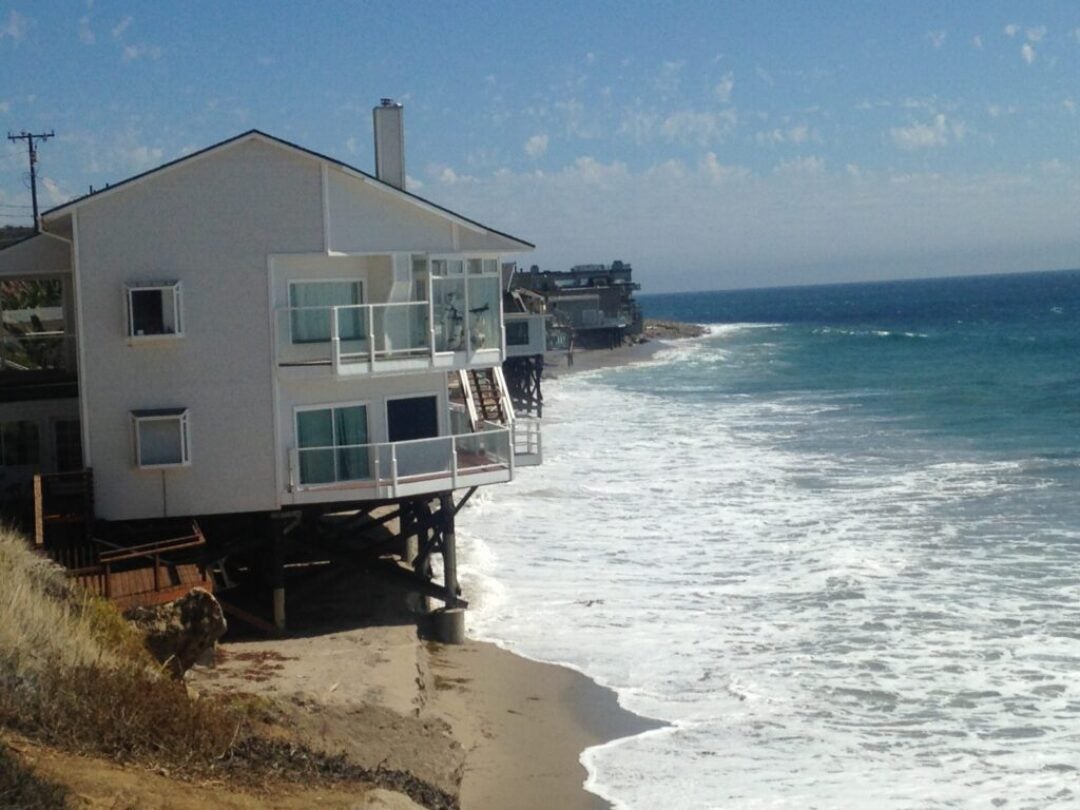With sea levels rising, coastal and inland areas will see more frequent and severe flooding. Natural and nature-based features (NNBFs) can help protect communities and infrastructure, while also providing ecosystem benefits, such as improving water quality, enhancing habitat for commercial and recreational fisheries, and adding to the coastal aesthetic that supports tourism. Our assessment will inform decision-makers of the most effective uses of both NNBFs and conventional infrastructure to protect the coastline.
The team will consider coastal water movement (hydrodynamics), groundwater flow, and processes that change wetland elevation (accretion) to compare the effectiveness of NNBFs and conventional infrastructure to reduce sea level rise–driven flood hazards. We will use a model to investigate two, different coastal areas in California: Santa Monica Bay and Humboldt Bay. We will use the model results and input from stakeholders to quantify the non-protective ecosystem services provided by NNBFs and to test several different mitigation strategies that could be implemented. These strategies will range from conventional designs, such as seawalls and bulkheads, to natural approaches, such as marshes and oyster reefs.
This project will advance current knowledge of the effectiveness of NNBF and conventional infrastructure approaches at reducing surface and subsurface flood hazards and providing additional ecological and socioeconomic benefits.
The project is led by the University of Wyoming, and is funded through the NCCOS Ecological Effects of Sea Level Rise Program. Project partners include the University of Arkansas, Point Blue Conservation Science, the University of Texas Arlington, the U.S. Geological Survey, Trinity Associates, and the University of California Sea Grant.
Recent Research
-
- Citation: Schroder, K., Hummel, M.A., Befus, K.M, Barnard, P.L. (2022) An integrated approach for physical, economic, and demographic evaluation of coastal flood hazard adaptation in Santa Monica Bay, California. Front. Mar. Sci. 9:1052373. doi:10.3389/fmars.2022.1052373
Community Engagement
-
USC Sea Grant and partners hosted a series of workshops with interested parties to inform this research.




